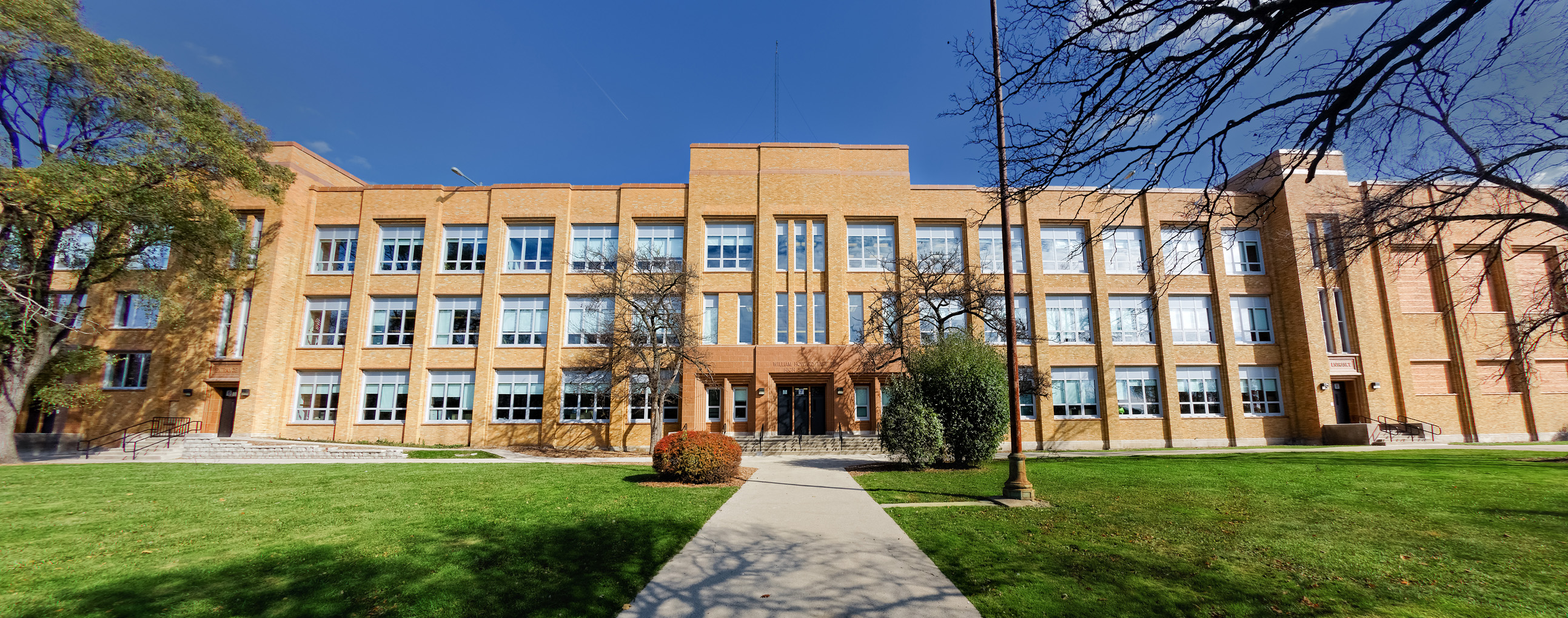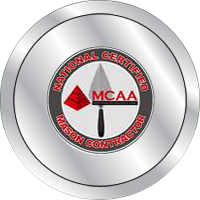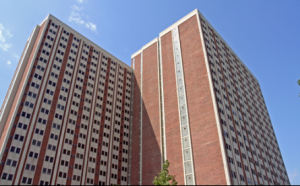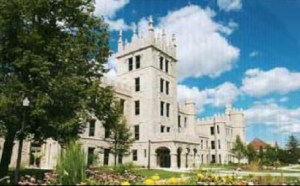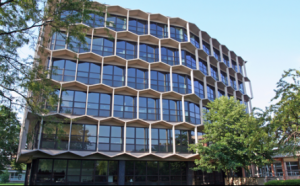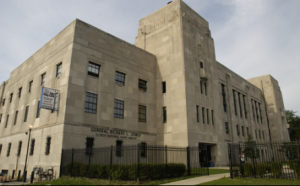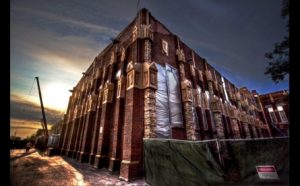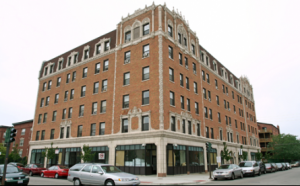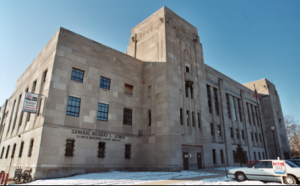Restore Masonry brings its clients extensive experience in new masonry construction. Our track record includes numerous new masonry construction projects for educational, residential, commercial, healthcare, historical and institutional facilities. Brick Bricks may be made from clay, shale, soft slate, calcium silicate, concrete, or shaped from quarried stone. It’s most commonly made from clay and comes […]
Read More
Restoring an historically important building takes special skill, care and an eye for its unique architectural heritage and aesthetic qualities. At Restore Masonry, we’re called on time and again to perform sensitive, complex historical restorations, both because of our masonry craftsmanship and because we invest the time into uncovering solutions that both strengthen and protect […]
Read More
Both new buildings and older structures benefit from sealing, ensuring the outdoors stays outdoors. At Restore Masonry, we provide a range of sealant services to prevent intrusion by water, air, dust and insects. Caulking Caulking sounds simple enough, but knowing when and where to caulk can help prevent damage to a structure from water seepage […]
Read More
Not all cleaning methods are right for all structures. In some cases, older buildings require more refined, less harsh techniques. So restoration cleaning is preferred to sandblasting to clean older or historic masonry surfaces. Chemical Cleaning Chemical cleaning of masonry is typically used to stop the deterioration of the material or to remove heavy soiling. […]
Read More
In 2003, the City of Chicago Department of Buildings revised City Ordinance 34, also called the Chicago Facade Ordinance. It requires that buildings over 80 feet in height adopt a biannual program of exterior building inspections and that they have a “critical” inspection performed every four to 12 years, depending on the building’s type of […]
Read More
Strong and durable though it may be, even concrete is subject to damage and deterioration. Restore Masonry uses a variety of techniques to improve the look of concrete and to reverse the eroding effects of time and weather. For example, using power cleaning techniques, the appearance of the concrete can be restored to look like […]
Read More
The most common reason for tuck pointing is to prevent water penetration through de-bonded, cracked or deteriorated mortar joints. The average mortar joint can last up to 20 years. Brick, on the other hand, can last for over 100 years, resulting in the necessary occasional repair of the mortar joints. Conditions such as freezing and […]
Read More
As time and the elements have their way with older structures, masonry restoration becomes unavoidable — and essential. Mortar gives way, bricks crumble, stone decays, leaving a building susceptible to a whole host of dangers, from water damage to serious structural issues. At Restore Masonry, our vast know-how and experience means we’re able to not […]
Read More

